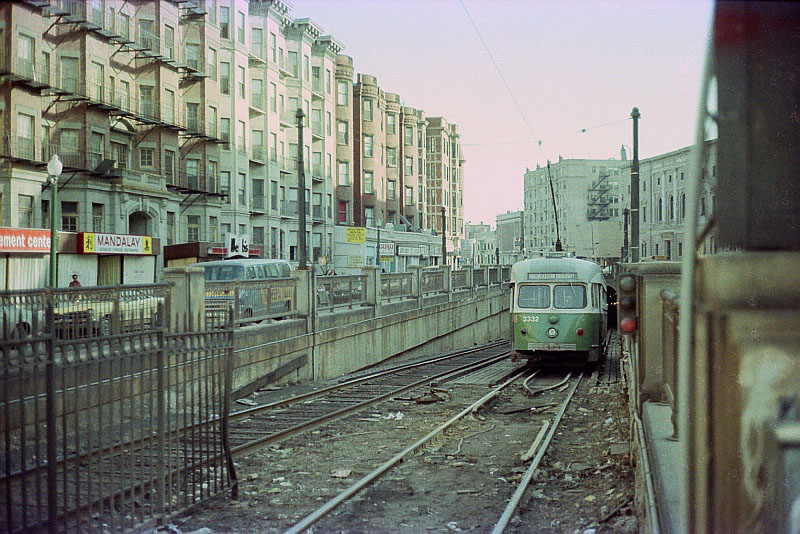HenryAlan
Senior Member
- Joined
- Dec 15, 2009
- Messages
- 4,184
- Reaction score
- 4,450
KZ posted this shot in another thread but it reminded me of something I'd heard long ago about the Hynes Station. Hynes used to be a large transfer station (when it was called Massachusetts) and was scaled back when the Mass Pike was built. The trolley station still exists (seen here) and there is an unused entrance on Boylston (here) which is only open on Marathon Day... BUT I was told there was also an underpass under Mass Ave to the side where that crappy little bus shelter is. I didn't even think about how this was possible until I saw this pic from the other side:

Zooming in on Google Maps (here) shows something gated up. Could this be a stairway to the underpass? Can anyone swing by and check this out?
When I first moved to Boston, you could still see the entrance to the passageway from the station concourse. I believe it has been covered up since, but at the time, it was just a grated gate, and you could see that there was definitely a passageway. I think I recall the other end (on the bus stop side) also having a grated gate.








